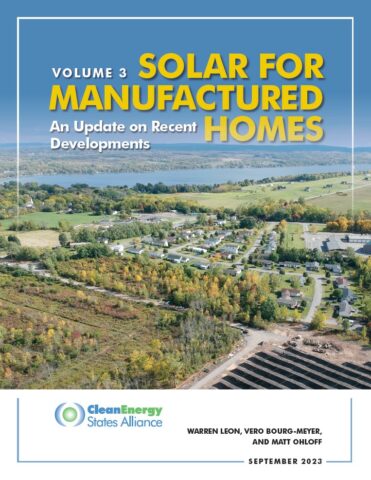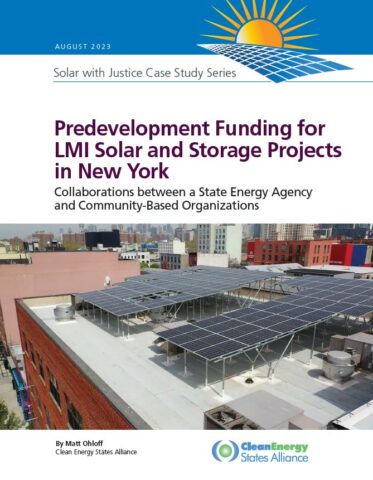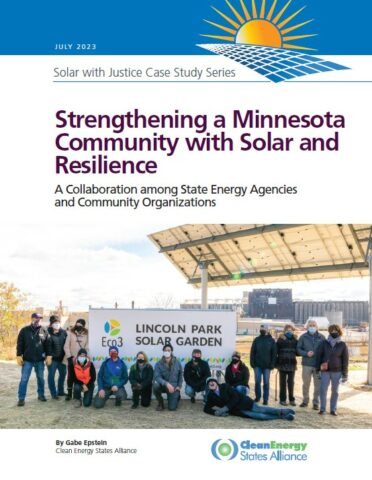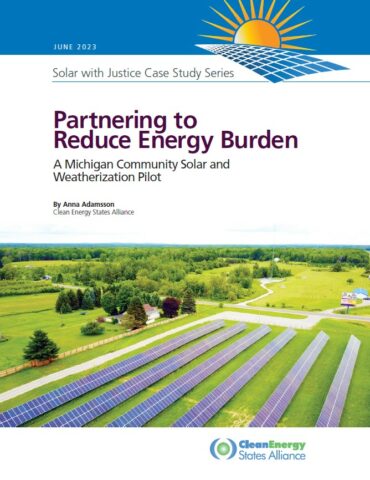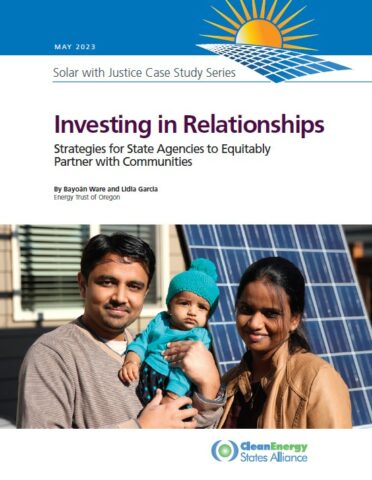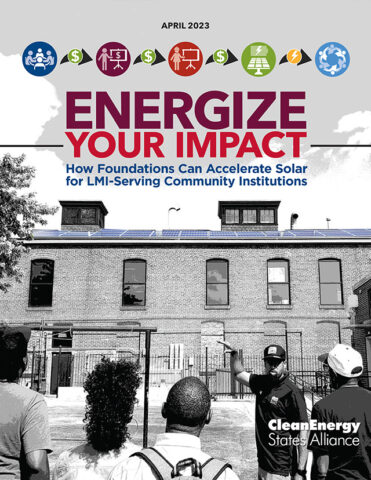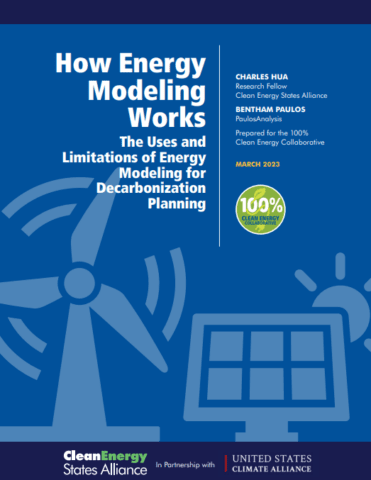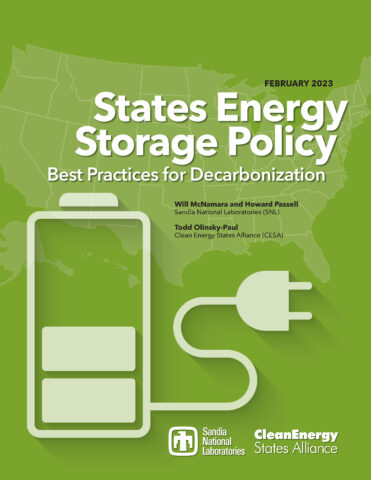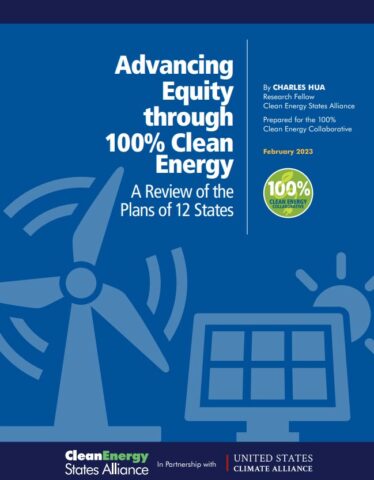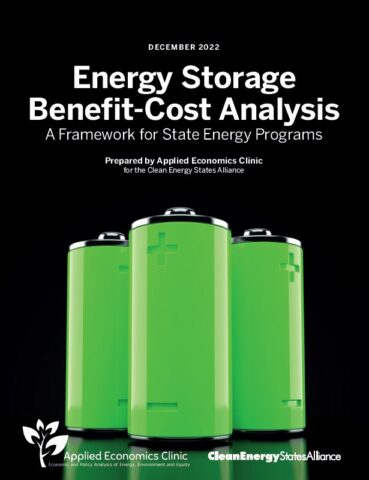Solar for Manufactured Homes: An Assessment of the Opportunities and Challenges in 14 States
Manufactured homes, formerly referred to as mobile homes, comprise over 6 percent of America’s housing stock and represent an even larger share of housing for low- and moderate-income households. CESA has published an update to the “Solar for Manufactured Homes” report discussing potential funding opportunities through the Inflation Reduction Act.
Read more...Predevelopment Funding for LMI Solar and Storage Projects: A Case Study from New York
NYSERDA’s Affordable Solar and Storage Predevelopment and Technical Assistance program in New York State is successfully addressing the predevelopment challenge for solar and storage projects for low- and moderate-income residents.
Read more...Strengthening a Minnesota Community with Solar and Resilience
This case study details the development of a community solar array and Resilience Hub in Duluth, Minnesota. This project provides a useful model for community-based organizations and state energy agencies interested in developing their own equity-focused energy and resilience projects.
Read more...Partnering to Reduce Energy Burden: A Michigan Community Solar and Weatherization Pilot
In an effort to reduce the energy burden on low-income Michiganders, the Michigan Department of Environment, Great Lakes, and Energy collaborated with local community action agencies and utilities to develop three separate community solar pilot programs. This case study illustrates how the program partners developed each pilot, what they learned, and what advice they would give to those developing future programs.
Read more...Investing in Relationships: Strategies State Agencies Can Use to Equitably Partner with Community Representatives
This case study analyzes six programs conducted by the Energy Trust of Oregon that have shown success in building meaningful and impactful relationships with community representatives. These programs can serve as a model for other state agencies seeking to develop relationships with community partners in order to better meet their shared goals.
Read more...Energize Your Impact: How Foundations Can Accelerate Solar for LMI-Serving Community Institutions
This report explores how philanthropic foundations have supported the deployment of solar and solar plus battery storage in low- and moderate-income communities in the United States.
Read more...How Energy Modeling Works: The Uses and Limitations of Energy Modeling for Decarbonization Planning
Energy modeling—using computer software and mathematical equations to simulate the operation and growth of energy systems—can be a powerful tool for state decarbonization planning. But because modeling can be costly and the results can be prone to misinterpretation, models need to be used carefully.
Read more...States Energy Storage Policy: Best Practices for Decarbonization
This report highlights best practices, identifies barriers, and underscores the urgent need to expand state energy storage policymaking to support decarbonization in the US.
Read more...Advancing Equity through 100% Clean Energy: A Review of the Plans of 12 States
This report outlines how different states view the equity implications of climate impacts, and what they are proposing for mitigation solutions, planning processes, and implementation processes. It identifies common themes and best practices, and it presents a selection of relevant case studies and examples.
Read more...Energy Storage Benefit-Cost Analysis: A Framework for State Energy Programs
This report is intended as a guide for state energy agencies preparing to conduct cost-effectiveness evaluation for battery storage. It presents a benefit-cost analysis framework for battery storage and attempts to address many of the uncertainties state energy agencies may encounter.
Read more...
